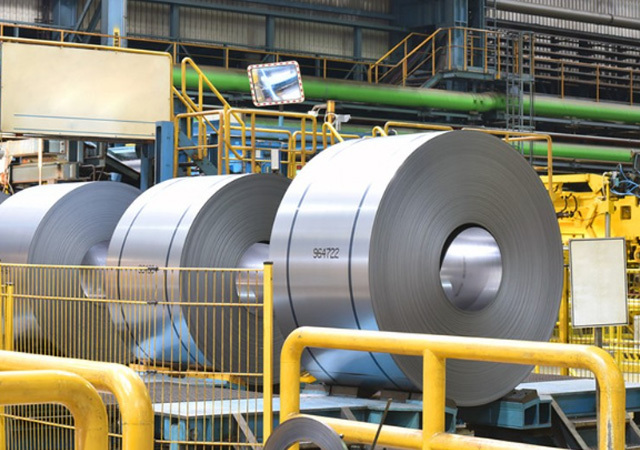Galvanizing line
Jun 21,2024

The industrial galvanizing line is primarily used to apply a zinc coating to the surface of steel wire or steel pipes to improve their corrosion resistance. This line can operate with various galvanizing methods, including hot-dip galvanizing and cold galvanizing.
About Hot-dip Galvanizing and Cold Galvanizing:
Hot-dip Galvanizing: This method is implemented by immersing steel components into a molten zinc bath to produce a thick zinc coating on the steel surface, securing excellent adhesion and corrosion resistance. Specifically, the process includes continuously immersing coiled steel sheets into a molten zinc bath, and then heating to approximately 50℃ to form an alloy layer of zinc and iron.
Cold Galvanizing (Electro-Galvanizing): With this method, a thin layer of zinc deposits on steel components through an electrochemical process. Though with lower costs, the coating’s adhesion and corrosion resistance achieved by this method is poorer than that achieved by hot-dip galvanizing.
The detailed parameters and equipment features of the industrial galvanizing line are as follows:
Process Parameters
Substrate materials: cold-rolled carbon structural steel, high-quality carbon structural steel, and low-alloy steel; strip steel width: 600–1,500 mm; strip steel thickness: 0.15–3.5 mm; steel coil outer diameter: φ800–2,000 mm; process speed: 80–200 m/min; energy sources: electricity, natural gas, liquefied petroleum gas, gas, steam, compressed air, etc.; coatings: regular spangle, small spangle, no spangle, smooth spangle; coating thickness: 50–300 g/m² (both sides); post-coating treatment: smooth, tension leveling, finger-resistant coating/passivation, oil coating.
Equipment Structure
The main structures include an entry section with two uncoilers, entry shears, a welder, an entry looper, a cleaning section, a furnace section, a zinc bath, an air knife system, a cooling section, a planishing mill, a tension leveler, a passivation mechanism, an exit looper, a QC system, an oiler, exit shears, an exit section with two tension reels, a coil conveyance system, a coil bundling machine, and a weighing machine.
Equipment Characteristics
A chemical and electrolytic cleaning unit is installed preceding the hot-dip galvanizing (aluminum) process to remove surface impurities from the strip steel. A horizontal furnace with a simple structure is adopted, facilitating easy operation and maintenance. In the preheating stage, combustion exhaust gas from the direct flame heating section is employed for heating, thereby shortening the heating length and burning off residual oil on the strip steel surface. The radiant tube heating and the uniform heating section are equipped with W-shaped radiant tubes. The nozzles of each of these tubes are equipped with a heat exchanger to heat the combustion air.
PREVIOUS:
NEXT:
Related News
